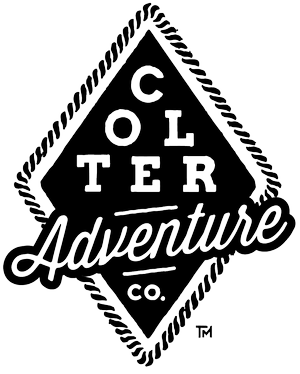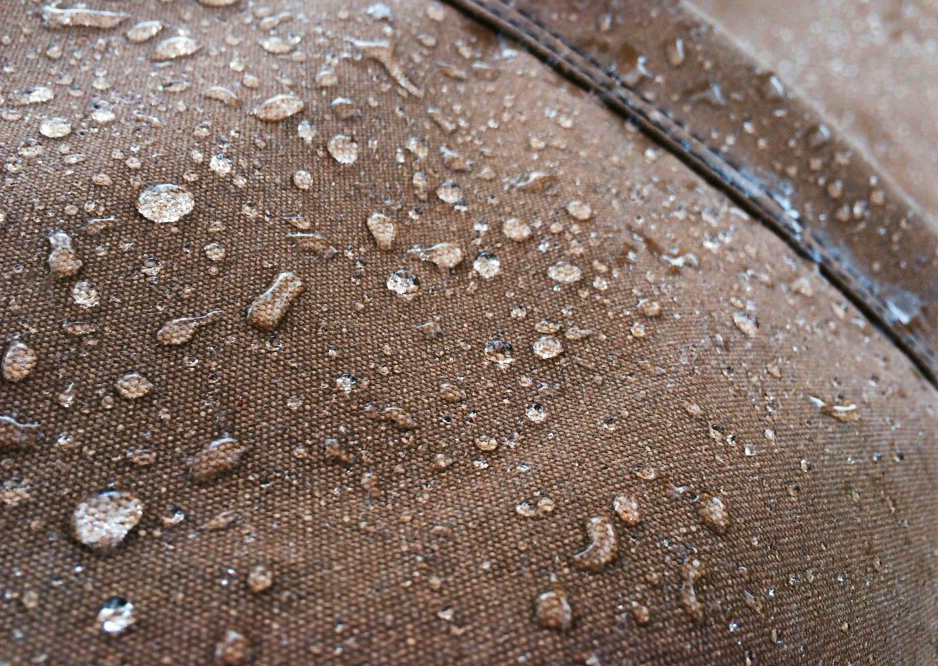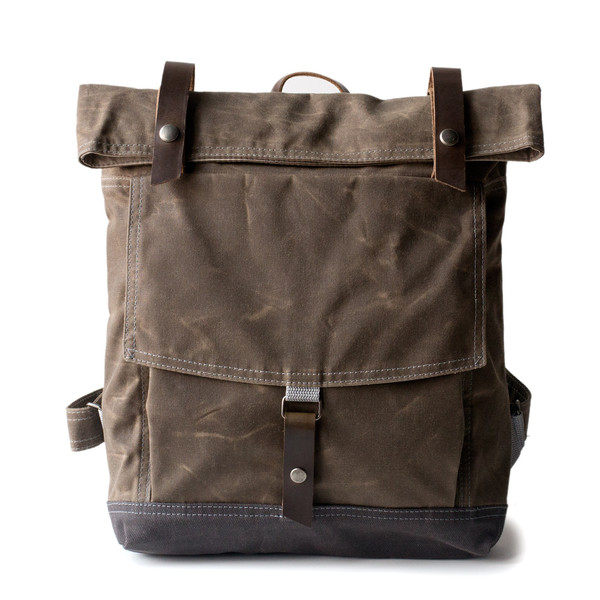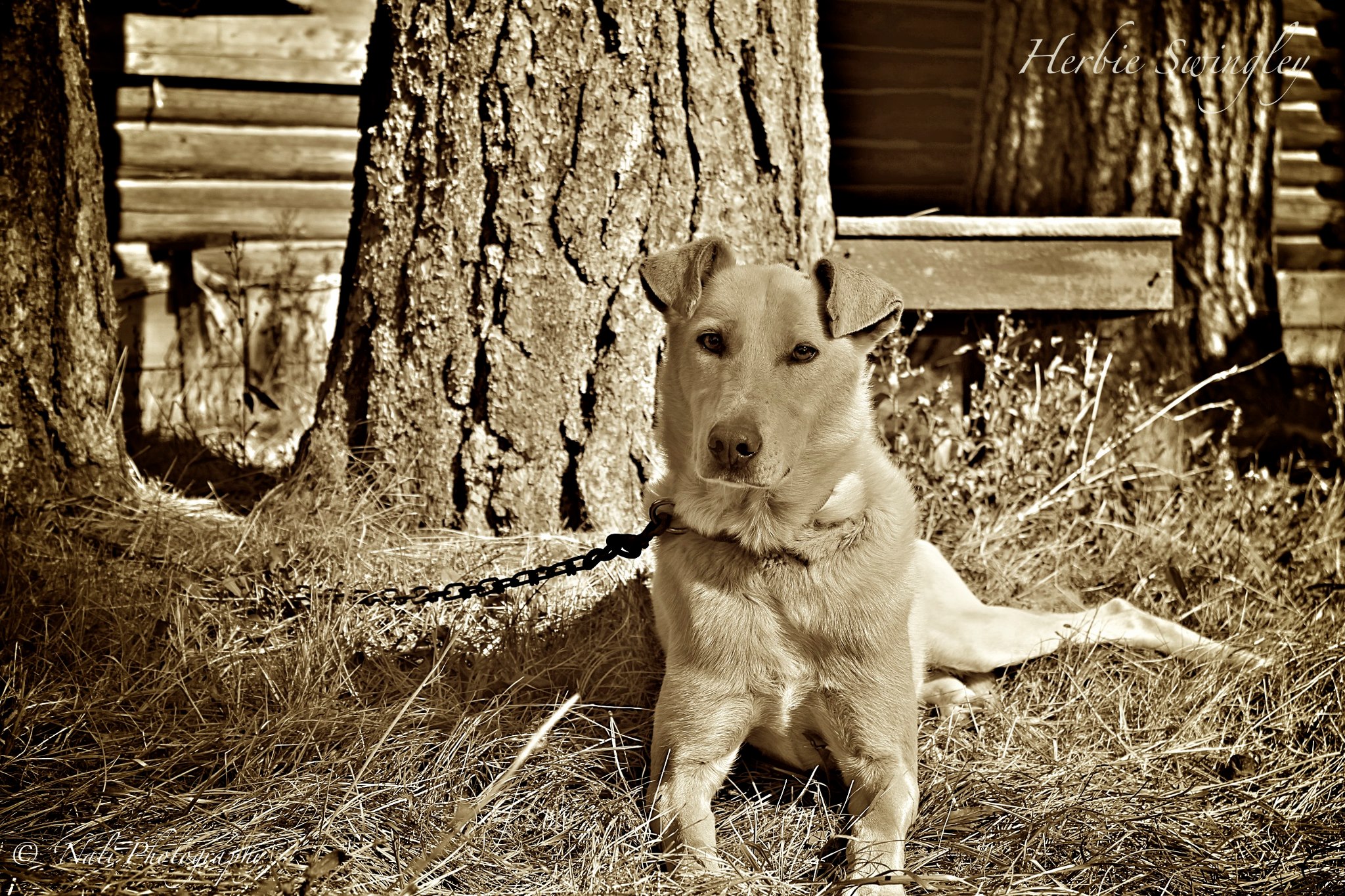Waxed canvas is a material that is making a come back and I for one am glad. For lots of reasons. First of all, it looks great. It has texture and character and ages well. It's very durable and can have a very long lifespan. Unlike a lot of new synthetic material, it can be easily rewaterproofed to factory standards at home. There are different formulas for creating waxed canvas but the basic idea is to melt paraffin wax, bees wax, and/or various kinds of oils into the canvas which repels the water and helps prevent the canvas from rotting. If the wax works its way out through repeated bending and folding you simply need to melt more wax in and you are golden. Is it great for ultralight backpacking? No. Is it good for car camping? Yes. Is it a good material for a super stylish and manly everyday backpack? Oh yeah! I recently got a Fjallraven canvas backpack that I love. And it will probably out last me.
Here are a few of my favorites when it comes to waxed canvas:
If you're interested in trying it yourself check out this tutorial. You don't need to wax your canvas around a campfire like they do, but it is much more manly that way...












